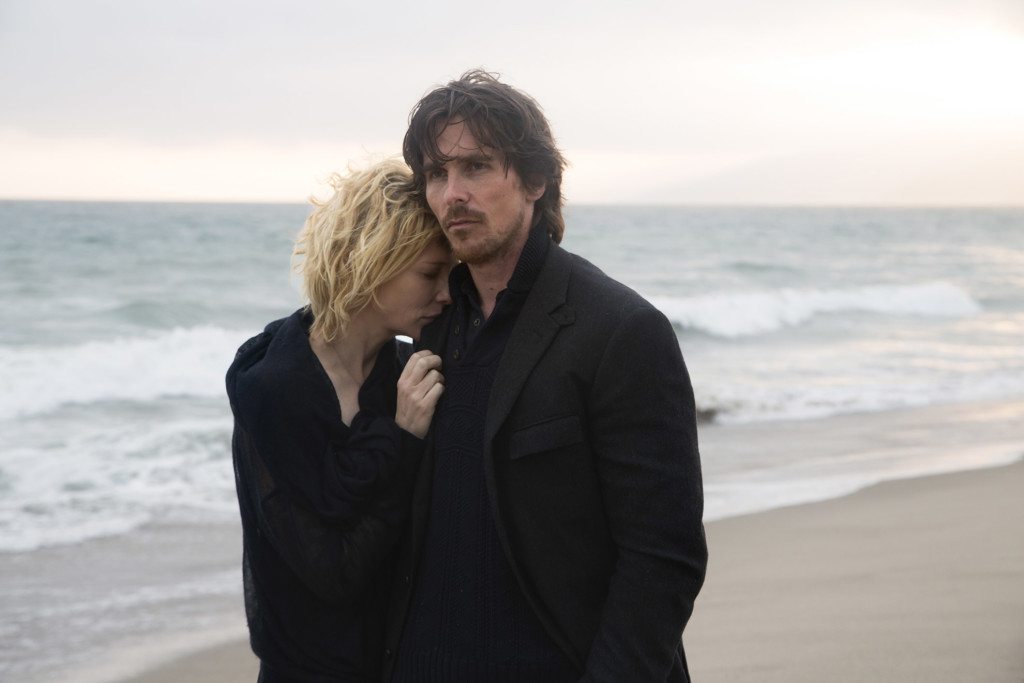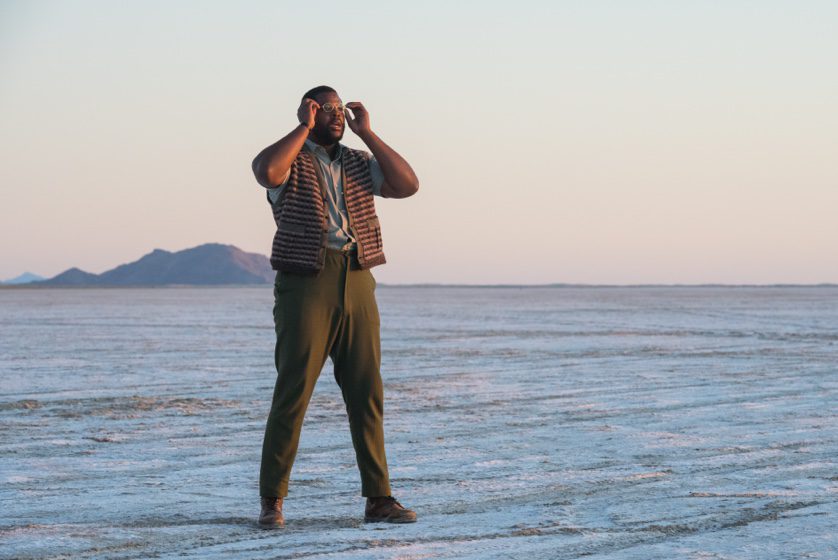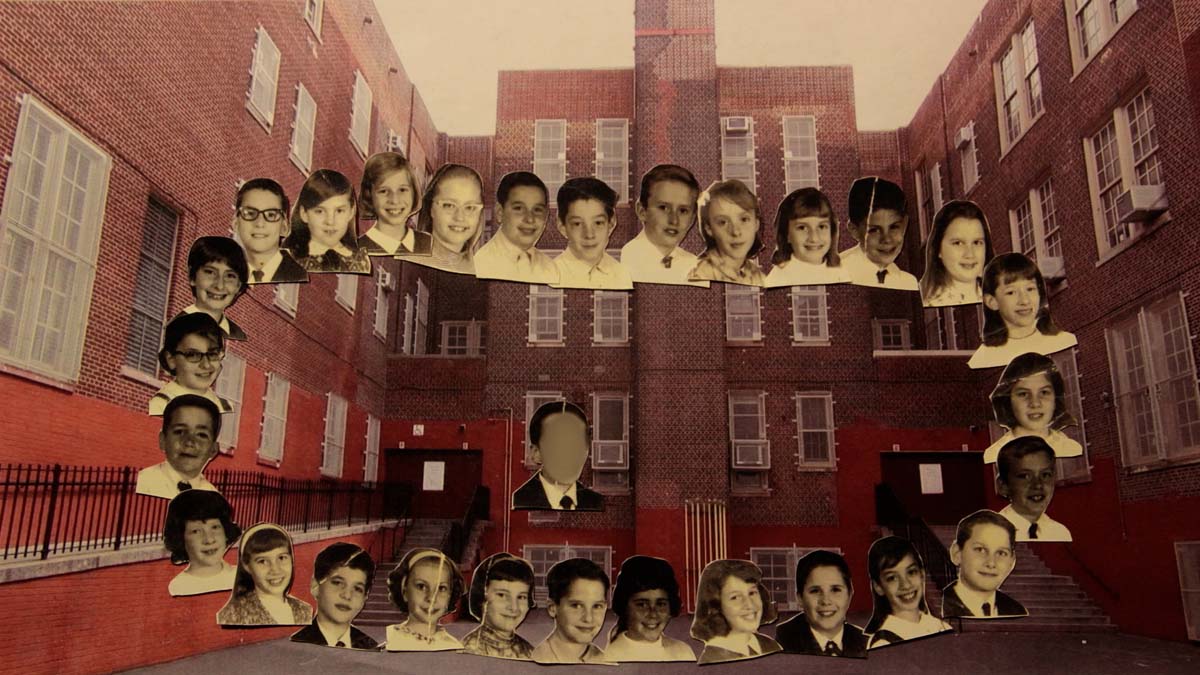?The Pilgrim’s Progress from This World to That Which Is to Come; Delivered under the Similitude of a Dream?
Those words open Terrence Malick?s Knight of Cups. They are the full title of John Bunyan?s seventeenth century allegory of Christian life. The film itself is not really allegory, but it does take the form of a journey in search of . . . .
First, it must be noted that Malick?s films, especially his last few, have a very esoteric quality. They are visually stunning, but many may find them difficult to understand because they are so different from most other films. This comes from being highly visual and often dreamlike films that care more about evoking emotional response than they care about storytelling per se. That is not to say that there is no plot to his films. However for Knight of Cups the story itself is of minor importance. The story actually exists as implied plots?we see bits of stories play out, but we may not be sure just what story we are seeing. Even within those stories, some of the dialogue really isn?t meant for us. It may be covered up by voice over that may seem like a distraction, but in fact brings new understanding to the experience Malick is creating.
The film focuses on Rick (Christian Bale), a screenwriter working in Hollywood. It feels to him that he is ?living a life of someone I didn?t ever know.? Throughout the film he wanders through the affluent lifestyle and we see encounters with a variety of people. The supporting cast includes Cate Blanchett, Natalie Portman, Brian Dennehy, Isabel Lucas, Imogen Poots, Freida Pinto, Wes Bentley, Antonio Banderas, and Cherry Jones. In press notes I?ve read who all these characters are, but the film never explicitly identifies them. Rather we just get these glimpses into Rick?s past and current life.
Early in the film we hear the tale of a prince sent to search for a valuable pearl. But when he gets to the city, he is given a drink that makes him forget who he is and what he is to do. That tale becomes the metaphor of Rick?s life?and perhaps of modern life in general. The opulence of Los Angeles and Las Vegas is not portrayed as empty, but neither is it fulfilling in itself. That life style is just where Rick has found himself, but is there something more to life than what he has found? The various encounters he has along the way are all bits that may show him a way forward–?from darkness to life??from forgetfulness to remembering who he is and why he is here.
Rick?s wandering is essentially a spiritual search. He is directionless, without an idea where he is going. In that sense, he is lost, although he doesn?t seem to recognize that. This is a journey that includes pain and joy, hope and despair, dreamlike beauty and harsh realities. Malick peripherally brings in various spiritual traditions (Christian, Jewish, Buddhist, Hindu) as a part of this ?pilgrim?s progress.? All the experiences, the people, the concepts Rick encounters all serve as reference points for this existential journey. Rick?s journey is really a metaphor for our own lives. Perhaps we don?t have quite as many decadent trappings, but we do live in a world of wealth. And, like Rick (and the prince searching for the pearl), we also may be lost?having forgotten what the meaning of our sojourn here is really about.
As is often the case with Malick?s films, Knight of Cups is an immersive experience. It is best approached not with logic or by seeking symbols to interpret (at least not at first viewing). Rather viewers need to let go of the more cerebral parts of ourselves and just let the film surround us and overwhelm us. I believe those who are able to see the film in this way may find great meaning, but perhaps not meaning that can be put into words. It is the kind of meaning that may dwell deep within us and allow us to discover that we are all on the same kind of pilgrimage that Rick experiences.







